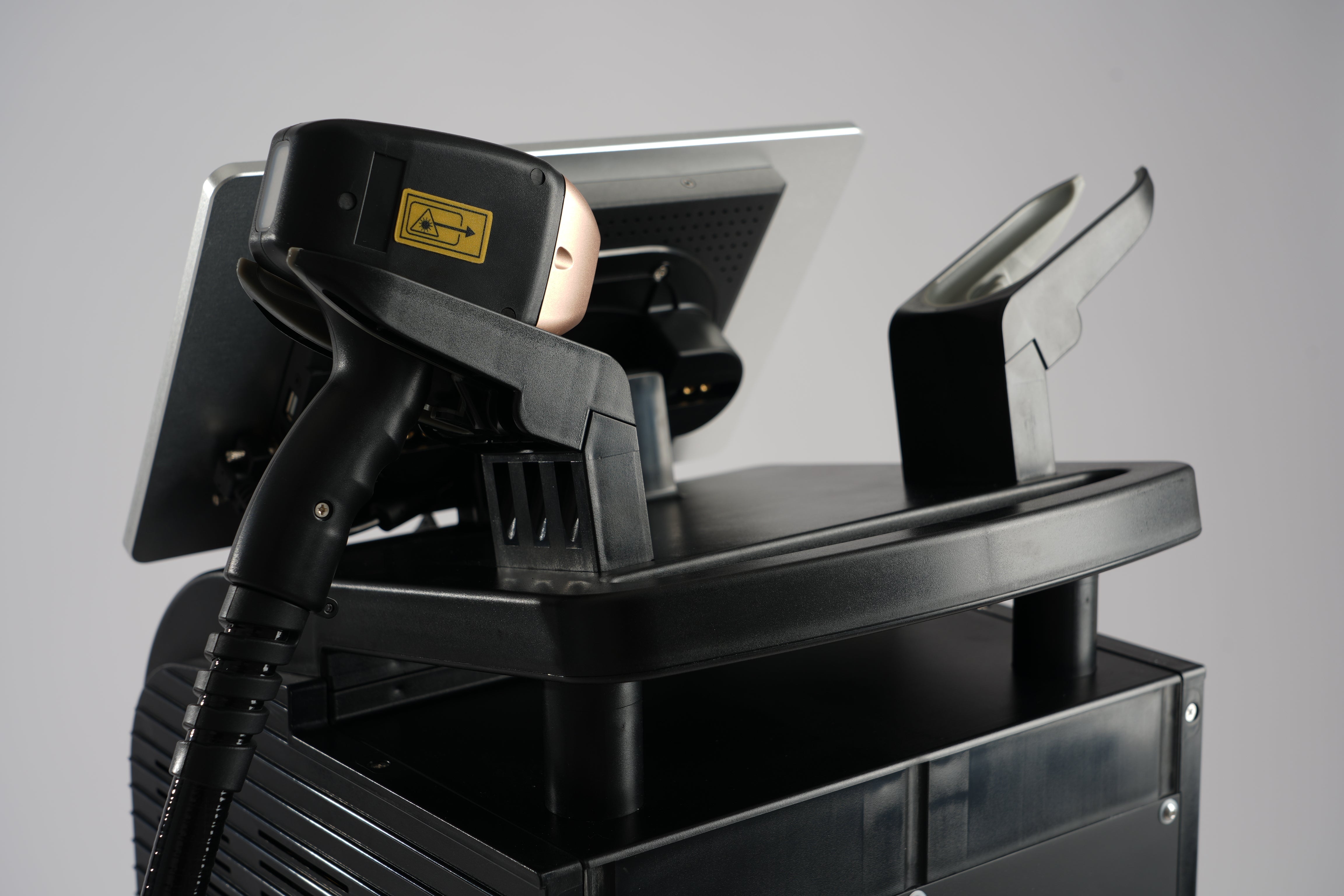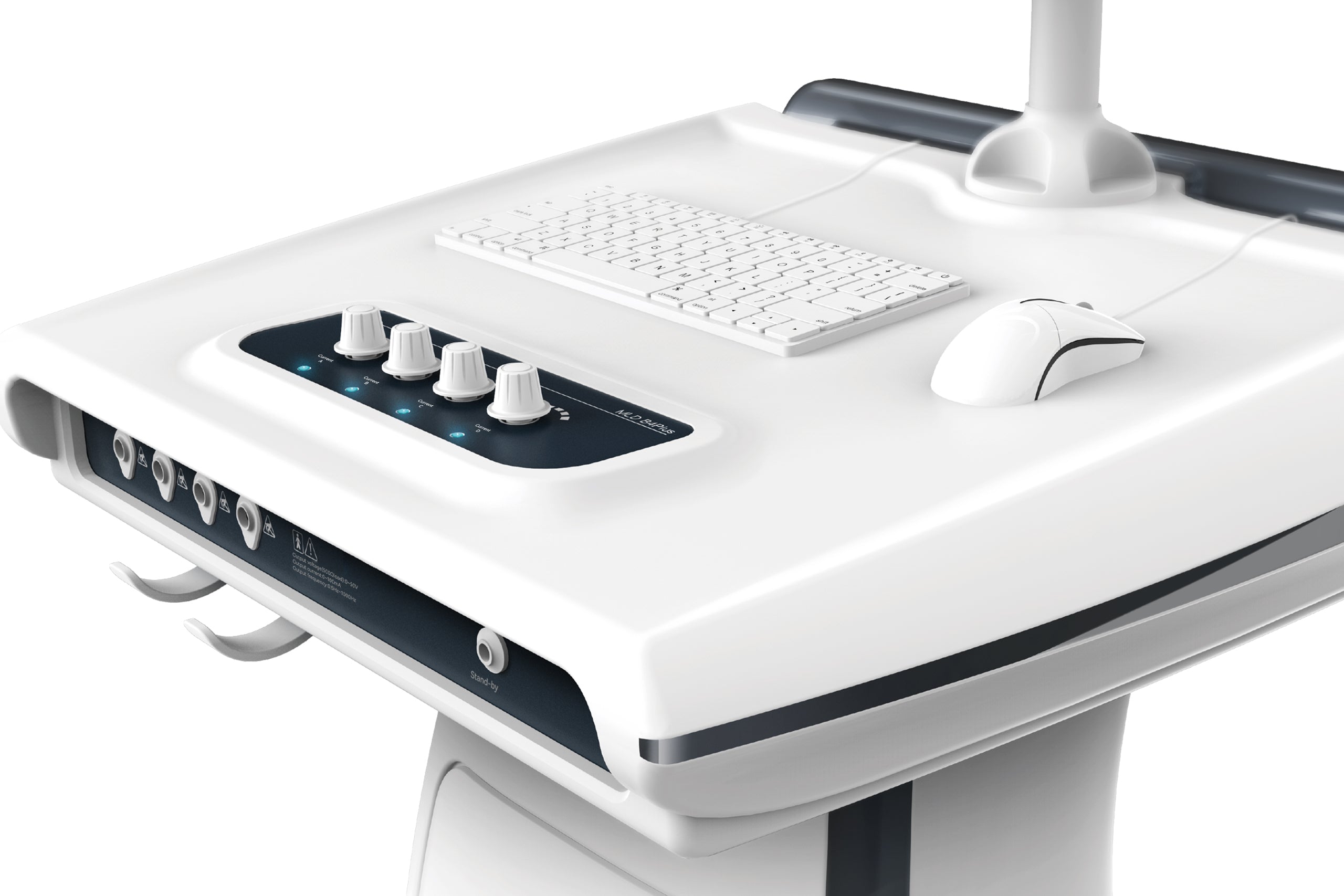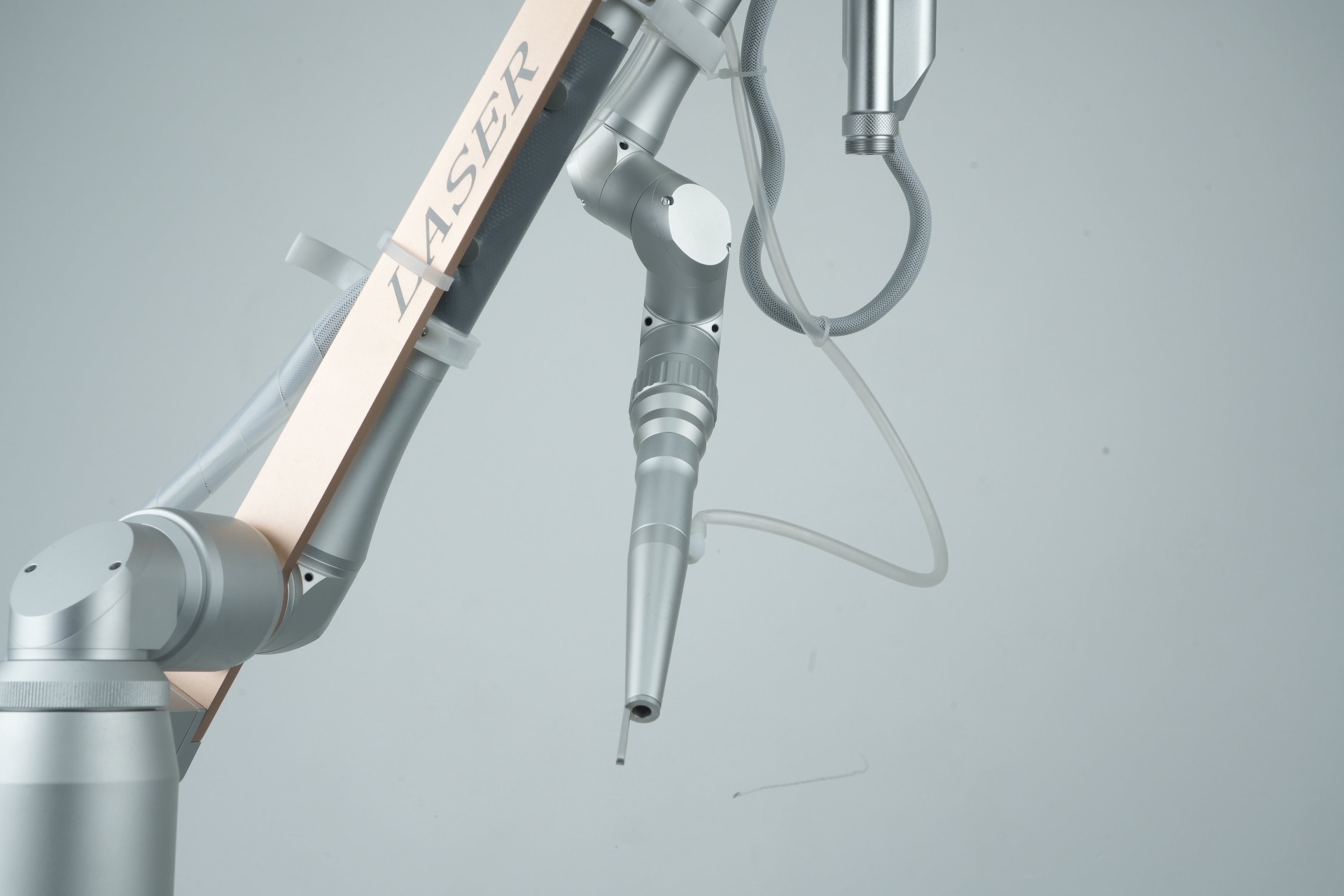Introduction: Postpartum recovery often focuses on healing and caring for a new baby, but mothers also need to rehabilitate their core and pelvic floor. Childbirth can weaken pelvic floor muscles, leading to issues like urinary incontinence, pelvic organ prolapse, and diastasis recti (abdominal muscle separation). Pelvic floor rehabilitation is a critical part of postpartum recovery, helping women restore strength, bladder control, and confidence in the months after delivery.
Postpartum Pelvic Floor Challenges
During pregnancy and birth, the pelvic floor and abdominal muscles are stretched and strained. Many new mothers experience stress urinary incontinence (leaking with coughing or sneezing) and core weakness due to diastasis recti. Traditional Kegel exercises are helpful but often difficult to do correctly without feedback. Women may struggle to engage the right muscles or to track their progress. This is where modern women’s wellness technology like the Medlander B4Plus comes in – providing real-time biofeedback and gentle EMG stimulation to guide pelvic floor muscle training.
How EMG Biofeedback Accelerates Recovery
The B4Plus system is an advanced pelvic therapy device that combines surface electromyography (EMG) and electrical stimulation. It detects the user’s pelvic floor muscle activity and displays it on a screen, while also delivering targeted stimulation when appropriate to help contract the muscles. This interactive biofeedback approach ensures exercises are done effectively and safely. New moms using biofeedback technology can see and feel their pelvic muscles working, which improves muscle activation and motivation. For example, one clinical study reported that a group of postpartum women using EMG biofeedback and stimulation achieved a 100% improvement rate in pelvic floor muscle strength, along with a 93% urinary continence improvement rate after a course of therapy. In a similar trial focused on abdominal recovery, patients treated with biofeedback-stimulation saw a 100% success rate in resolving diastasis recti, compared to 76% in a control group without the technology. These outcomes highlight how much more effective structured pelvic floor rehabilitation can be when guided by feedback devices versus doing Kegels alone.
Empowering Postpartum Wellness
With biofeedback-guided pelvic floor rehabilitation, postpartum women can regain bladder control, core stability, and sexual function faster. Restoring these functions not only improves physical health but also boosts confidence and overall well-being for new mothers. Clinics and pelvic health physiotherapists now routinely incorporate EMG-based pelvic therapy devices for postpartum recovery because they deliver superior outcomes for issues like incontinence and prolapse. By dedicating time to pelvic floor rehab with the aid of modern technology, women can more quickly return to exercise, laugh and sneeze without leaks, and fully engage in daily activities with their new baby. Postpartum recovery is more than just rest – it’s an active process of rebuilding strength, and the right technology can make that journey safer and more successful.
References:
- Li Xiqian (2024). Pelvic floor muscle strength recovery and incontinence improvement with biofeedback therapy – 100% muscle strength recovery, 93.33% continence improvement in study group after 1 year of therapy.
- Dong J. (2023). Diastasis recti rehabilitation outcomes – 100% effective rate in biofeedback + stimulation group vs 76.00% in control group.





Share:
Understanding Scan Patterns and Energy Settings in CO₂ Laser Resurfacing
How CO₂ Laser Stimulates Collagen and Improves Skin Texture